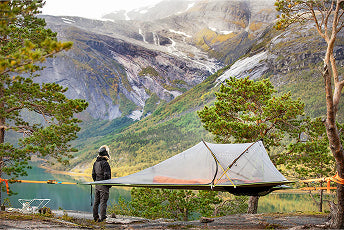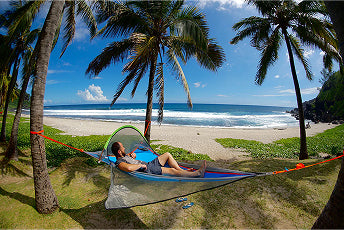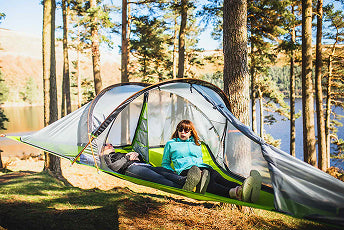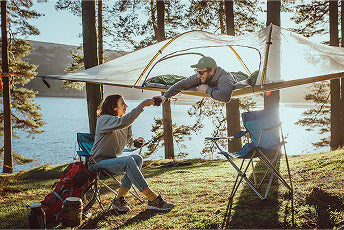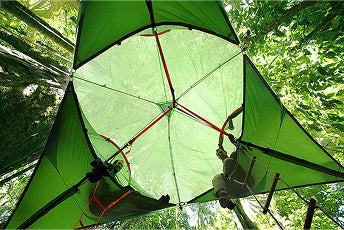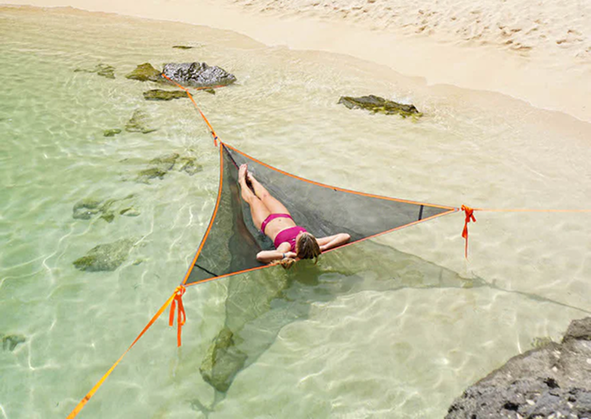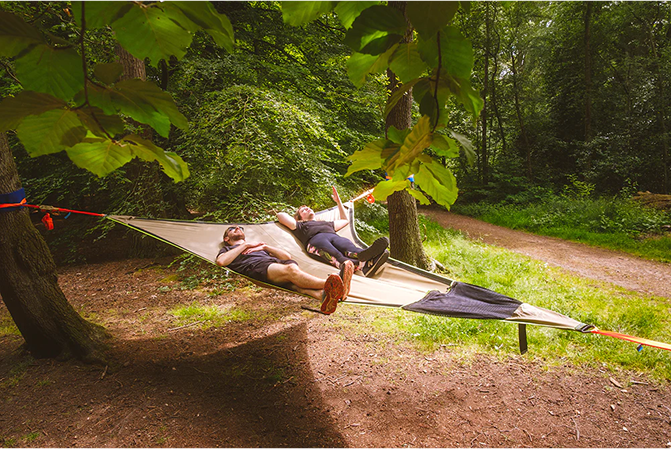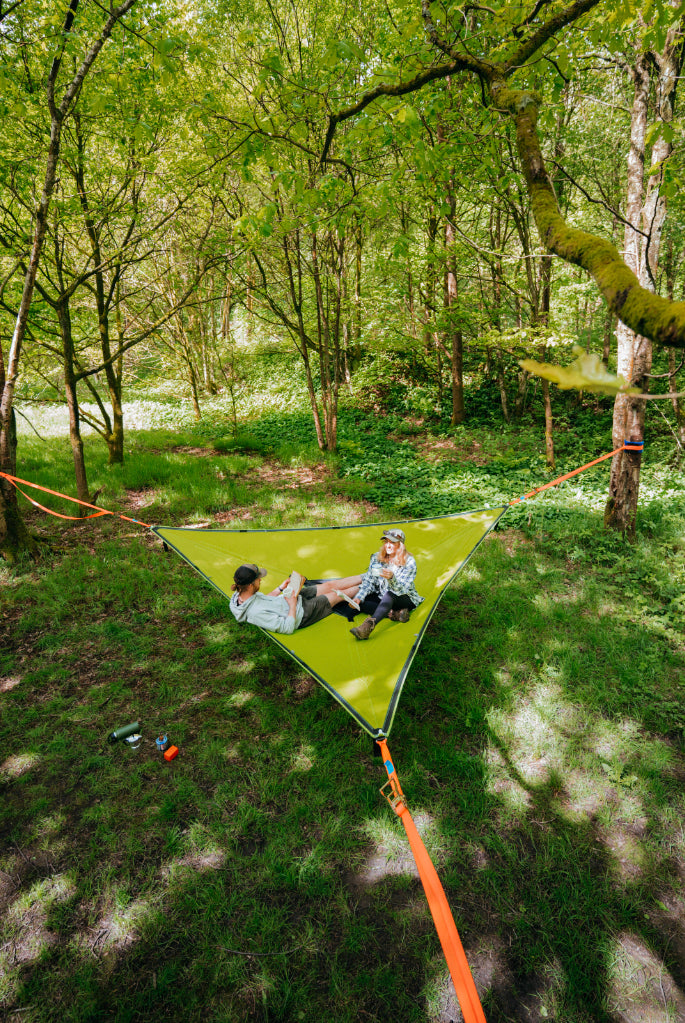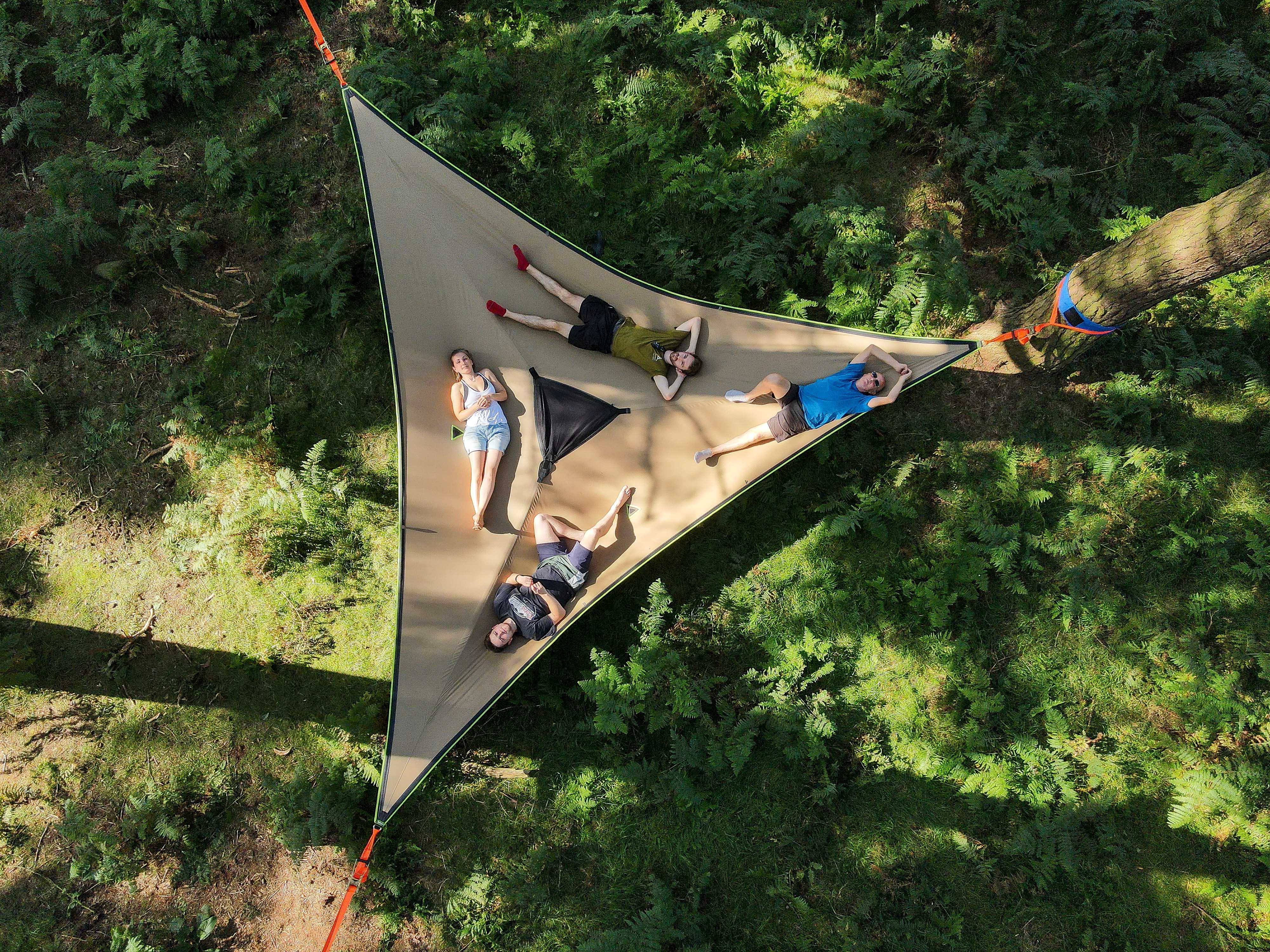Let’s say the worst case scenario happens, you lose the creature comforts of your happy camp and suddenly you’re strangers in a strange land. What do you take with you when the pressure’s on?
You hopefully have some great ‘every day carry’ camping tools, and manage to grab your survival kit. But the thing that matters more than anything in a pinch, and that you can’t drop in the confusion of an emergency, is field skill.
Before you set off on your adventure, think about what you could be up against if things go wrong, and what you can do about it. Your survival kit should be a lot more than a little tin full of fish hooks and matches.
The glass is always half full
It starts with a state of mind and a plan, and finishes with a bag of tools and the knowledge and judgement of how and when to use them. At this point it’s hard not to sound like a survivalist. Let’s just think of it as having a Plan B for when Plan A doesn’t work out. Plan A should be to have a good time, all the time, and Plan B shouldn’t be too far from that.
A positive mental attitude is going to give you the best approach to any difficult situation, no matter how bad. Time and again the survival case studies and instructors tell us the difference between success and failure came down to the attitude of the people involved. Add a little planning, training and experience, and you’ve got a much better chance of making your Plan B work.
Your new best friends
A good knife in the right hands is a tool that can make so many useful things in the wild. It might be your new best friend. Find a good bushcraft instructor or knife maker and you’ll be on your way to learning how to put a good knife to its greatest uses. Keep it in tip top condition and hair-popping sharp. Knowing how to use your tools is the best start to a survival kit you can get.
So what’s in the bag…
The main ingredients are going to be used for signalling help, navigation, fire starting, water storage, food preparation, and first aid. It comes down to knowing how to do as much as possible, with as little as possible for as long as possible. A survival kit should contain the best equipment you can afford to keep stashed away in the hope of never needing it. Do the research, get some training and collect the most resilient and versatile kit you can. Pack it all tight and seal it against the elements. Check and maintain it regularly, and above all, don’t leave it behind. Ever.
…and what do you do with it?
The plan should be to get rescued as soon as possible. Researching how the emergency services set about finding people will tell you how to help yourself get rescued, but until then it’ll be all about clean water, food and shelter. Learn ways to signal for help, find water, practice making fire every way you can, forage and eat what’s safe where you are, and make tools and shelter. Above all, stay positive, stick to your plan, and use your kit wisely.
So you’ve planned an epic adventure and the gang are ready for their great escape. Get together and talk about Plan B. The best thing you can do is not get yourself or anyone else into a situation where you need to be rescued, but be prepared for it, and make sure your friends know what to do to help. Approach the situation with a positive attitude, remember you’ve got the skills and kit to adapt to different challenges, and you’re going the right way to get out of trouble as fast as you can get into it.
Don’t practice to get it right, practice so you can’t get it wrong
We’ve met all kinds of amazing people on our Tentsile adventures, and there’s always more to learn about living out there in the wild. If you want to share your wisdom and experience, or need to add to your knowledge and you think we can help, get in touch and let’s see what we can do together.

